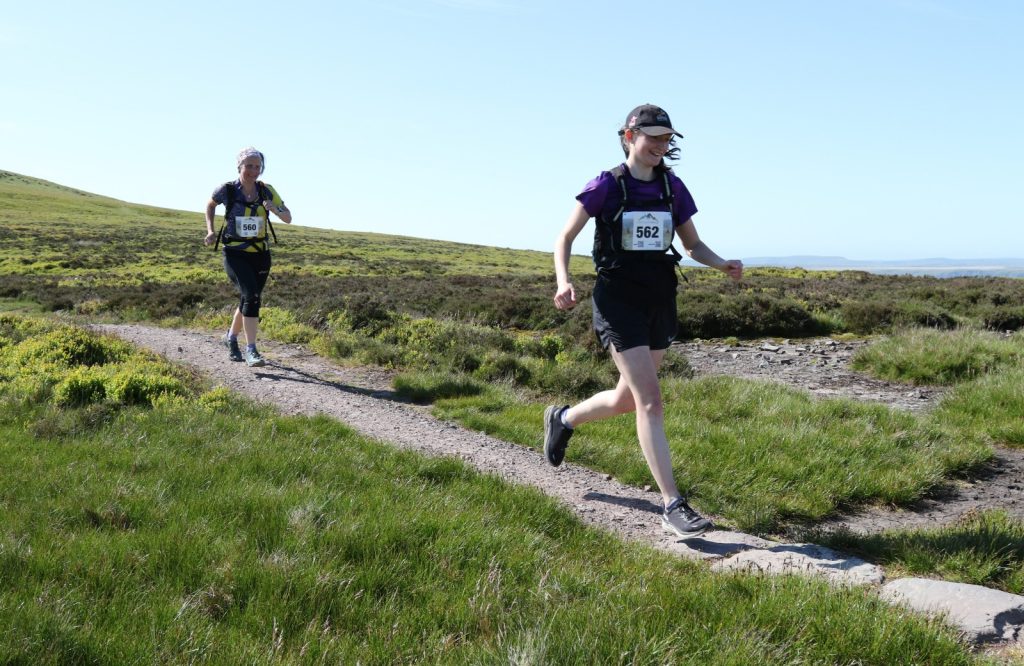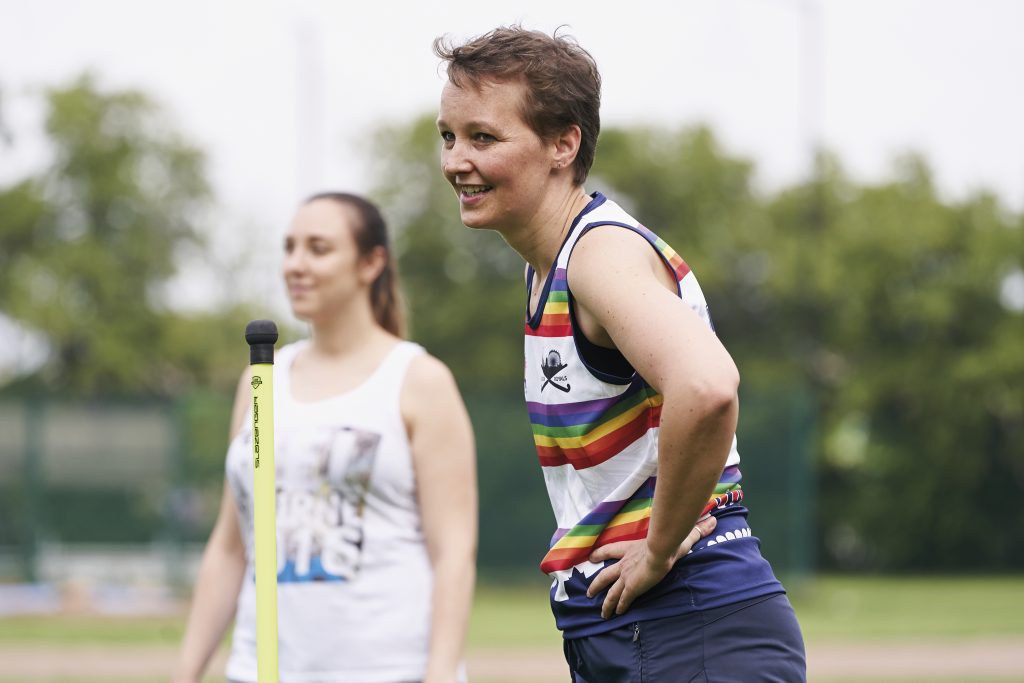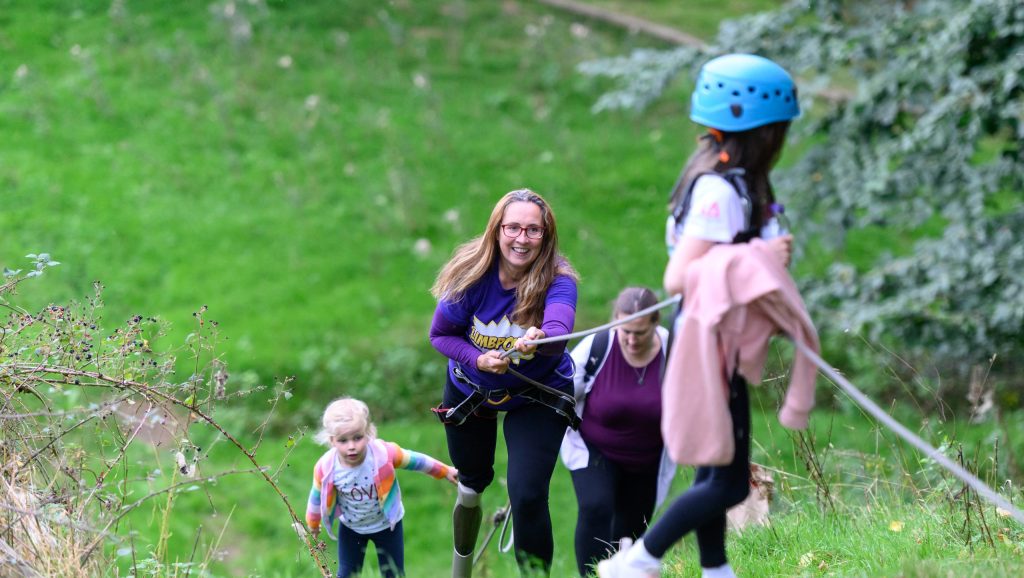Women in Sport’s purpose is to give every woman and girl the opportunity to take part in sport and inspire her to do so. We do this because sport can transform lives, and no one should be excluded from the joy, fulfilment and lifelong benefits of sport. As a charity we care about these aspects of the lives of women and girls and the context of their lives.
Impacts on Women and Girls
The climate and ecological emergency already affects the lives of women and girls disproportionately. Women and children are 14 times more likely to die during a disaster and 80 per cent of people displaced by climate change worldwide are women. The International Panel on Climate Change (IPCC) found that existing gender inequalities are further exaggerated by climate-related hazards, resulting in, amongst other things, an increase in violence against women and girls and increased workloads for women.
We find that one of the factors making it hard for women to be take exercise even in the UK is the disproportionate responsibility women carry for caring for children and the elderly. As workloads for women increase due to climate-related hazards, as predicted by the IPCC, the opportunities women have to participate in sport and physical activity for their mental and physical health decreases even further due to time pressures.
Impacts on Sport
The climate and ecological emergencies affect sport and physical activity as we know it. In part this is due to the increased frequency of extreme weather events. Smoke from bush fires stopped play at the 2020 Australian Tennis Open and the 2020 Olympic marathon and the distance walking events were moved over 1,000 kilometres north in Japan due to record levels of humidity and heat. Of the nineteen prior locations for the Winter Olympics, only ten will still be reliable winter sports hosts in 2050, and just six in 2080(1).
In the UK, between October 2019 and March 2020 Worcestershire County Cricket Club was underwater for 62 days and was forced to move its opening game of the 2020 season to another site. The combination of extreme rainfall episodes with outdated sewerage systems also causes stormwater overflow of raw sewage into our rivers and seas prohibiting safe use for outdoor swimming; it makes roads unsafe to cycle on; it makes tracks unsafe to run on. Equally, heathland and moorland used for everyday walks and runs are increasingly suffering from fires, sometimes enduring peat fires, which prevent local use.
How Sport can Help
Currently, the sports sector contributes to the crisis we face. A 2020 report on climate change and sport estimated that the global sports industry is close to generating 0.6 per cent of global emissions, which makes it responsible for 300–350 million tonnes; the equivalent of a mid-sized country like Spain or Poland(2). These impacts need to be mitigated by urgent reviews of the footprint of sportswear production and distribution, stadia, facilities and travel. New approaches need to be taken from re-usable drinks containers through to the choice of building materials in new developments.
In the UK permeable surfaces (Sustainable Urban Drainage Systems) should be employed in all new sports developments to reduce run-off during heavy rains, and much more attention focused on the avoidance of plastic based surfaces due to the carbon emissions associated. Sports organisations should invest in the creation and restoration of natural habitats around all sites, including green roofs.
Women in Sport believes that all businesses, national government bodies and other organisations in the sports sector should take steps to cut their emissions and become more ecologically friendly. We welcome the commitment made by FIFA, the Premier League and the Lawn Tennis Association to the UN Sports for Climate Action Framework during COP26, we hope to see them put in place robust plans of action and we call on other sports to follow their lead. As sport is followed by billions across the world, we agree that sports can be used as a unifying tool to federate and create solidarity among global citizens for climate action.
High profile sportspeople and teams have a real opportunity to lead the way in environmentally friendly behaviour. Sport creates a huge number of influential role models who could demonstrate to their fans what is possible – encouraging them not to drive to the match, to use less energy and water, or to plant flowers for bees in their outdoor spaces. We all know of sports stars that advertise fast-fashion clothing, but they could instead be promoting the individual changes needed to mitigate the climate and ecological crisis.
The children and young people of today will need resilience and leadership skills more than perhaps any other generation before them. To lead the world to adapt to a new climate and its consequences and mitigate against the worst scenarios will require courage and collaboration on a national and international scale. Playing sport when young and in particular team sport can contribute to these life skills and aid cognitive development. And vitally women must be empowered through sport if we are to increase the chance of more women entering leading roles in society.
How Women can Help
Not only that, but women leaders of businesses and countries have been demonstrated to have a greater commitment to future generations and to the climate and ecological emergencies. A recent study of 130 countries found that nations with higher representations of women in parliament are more likely to ratify international environment treaties, yet only 25 per cent of all national parliamentarians are women.
In the sports sector, gender inequality within leadership roles also remains, of the 38 major English, GB, or UK National Governing Bodies, less than one in four their CEOs are women. The Observatory for Sport in Scotland found that in 2020, less than one in five Scottish Governing Bodies CEOs in Scotland were female – a decrease of 4% over the past five years – and the number of female coaches in Scottish sport fell by nearly 4% from 2015-2020, to just over 27%.
Increasing the number of women in leadership roles in sport and beyond is clearly part of the solution to the climate emergency. To achieve that, we must build the resilience and leadership skills of women and girls, and sport is a vehicle to do that. A 2015 global study found that 94% of C-suite women have played sports, 74% of respondents say a sport background can help accelerate a woman’s career, and 61% believe sporting involvement has contributed to their own career success.
In developed nations increasing active travel will help reduce emissions, but women and girls are often excluded from this due to stereotyped clothing, inadequate changing facilities, or perception of or real danger from violence.
Conclusion
From all our soul-searching, one thing is clear; to ensure that no-one is excluded from the joy, fulfilment and lifelong benefits of sport, further work needs to be done to decarbonise the sport sector, and women and girls’ voices need to be front and centre.
Notes:
(1) Rutty, M., Scott, D., Steiger, R. and Johnson, P. (2015) Weather risk management at the Olympic Winter Games.
(2) Goldblatt, D. (2020) Playing Against The Clock




